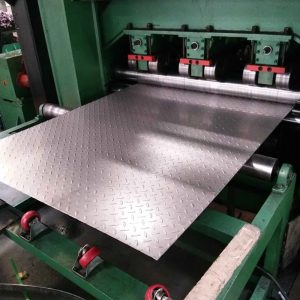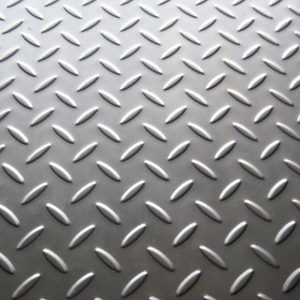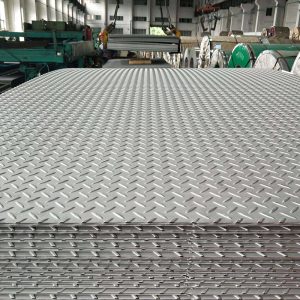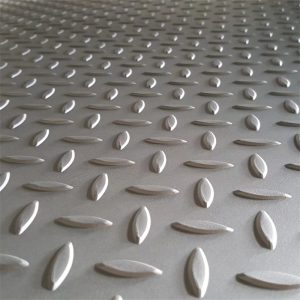What is the density of stainless steel chequered plate?
06-21-2024
stainless steel chequered plate, as a kind of material widely used in industry, construction and decoration fields, its performance characteristics and physical properties have been the focus of attention. Among these properties, density, as a basic and important parameter, has a non-negligible impact on the manufacturing, transportation and use of stainless steel chequered plates.
The basic composition of stainless steel chequered plate
This plate is usually made of stainless steel material and the surface is machined with a non-slip pattern to increase its coefficient of friction in a slippery environment and prevent slipping. Stainless steel itself has excellent corrosion resistance, high temperature resistance and strength, so the stainless steel slide can maintain good performance in a variety of environments.
The density of stainless steel chequered plate
The density of stainless steel is usually between 7.8-8.0 g/cm ³, but the specific value will vary slightly due to the type of stainless steel (such as 304, 316, etc.) and composition differences. The density of the skateboard may vary due to factors such as pattern design and plate thickness.
Other indicators that affect the density of stainless steel chequered plate
The density of stainless steel plate is not much different from that of ordinary stainless steel plate, but the specific value needs to be determined according to the specific plate specifications and materials. If you need accurate density data of stainless steel skid, it is recommended to consult the relevant product manual or consult a professional material supplier.
Anti-slip performance
In addition to density, the performance characteristics of stainless steel skid plate are also an important aspect of user concern. This plate has excellent anti-slip performance, which can effectively prevent personnel from slipping and items from slipping, and improve the safety of use. At the same time, stainless steel also has good corrosion resistance and wear resistance, which can maintain its performance stability in harsh environments for a long time.
Conclusion
The density of stainless steel skid varies due to different materials and specifications, but it is generally similar to the density of ordinary stainless steel plates. When selecting and using this plate, in addition to paying attention to its density, it should also fully understand its performance characteristics and scope of application to ensure that it can meet the actual use needs.









